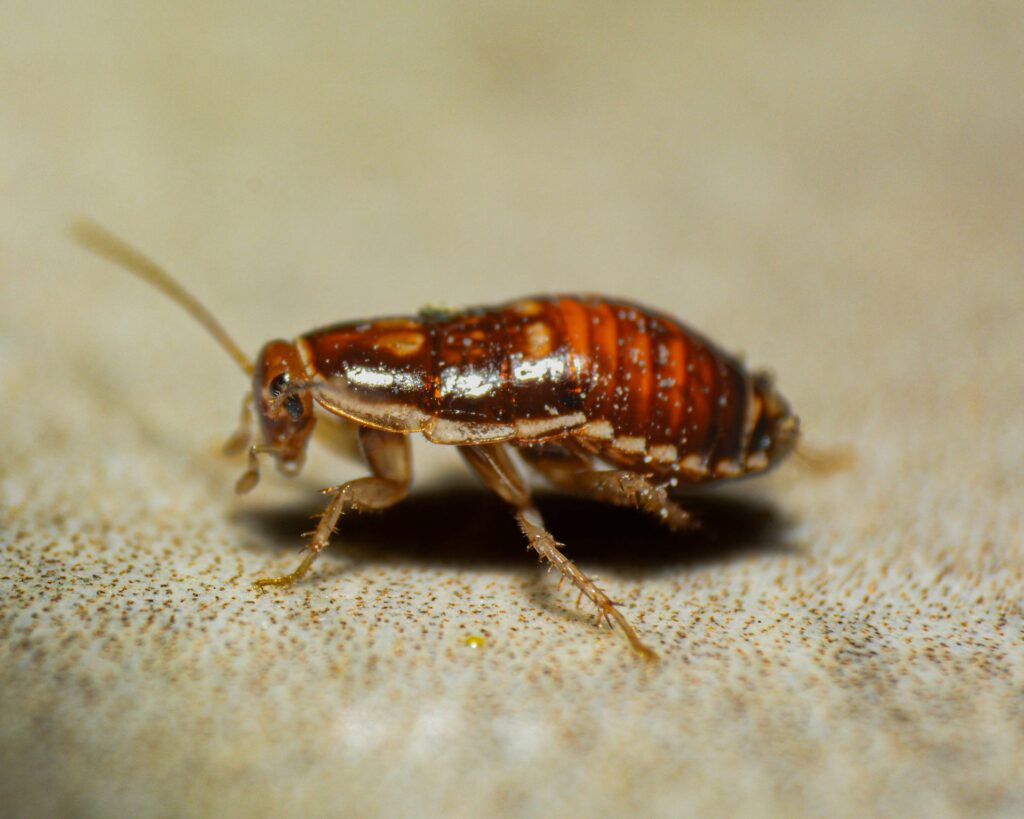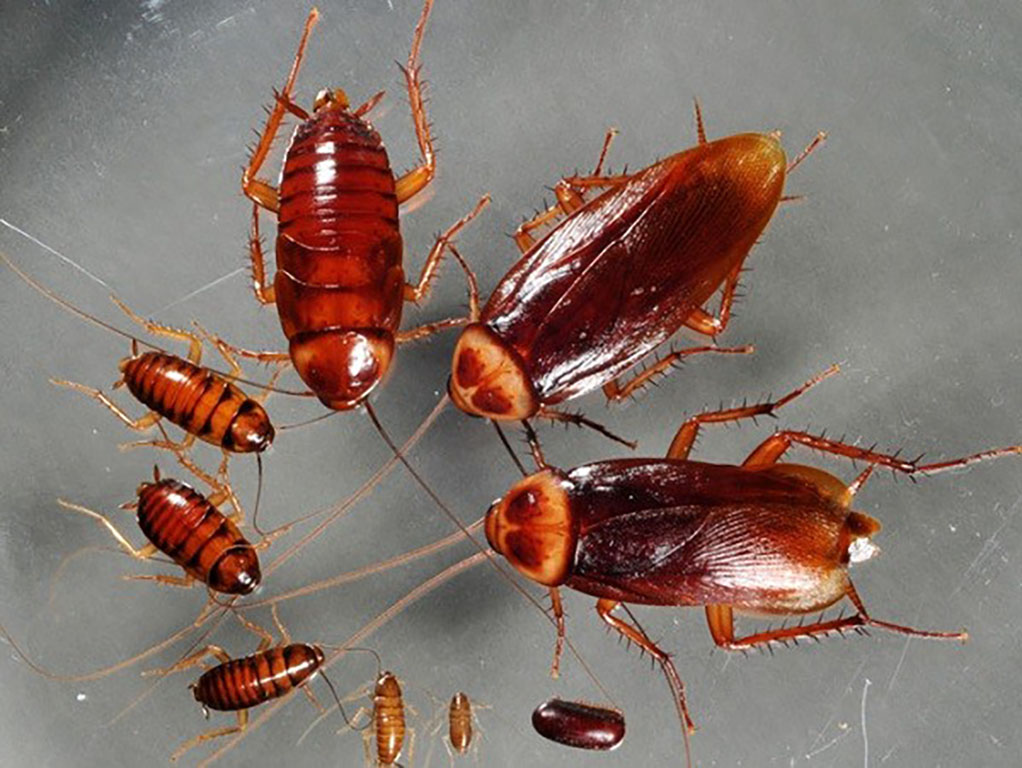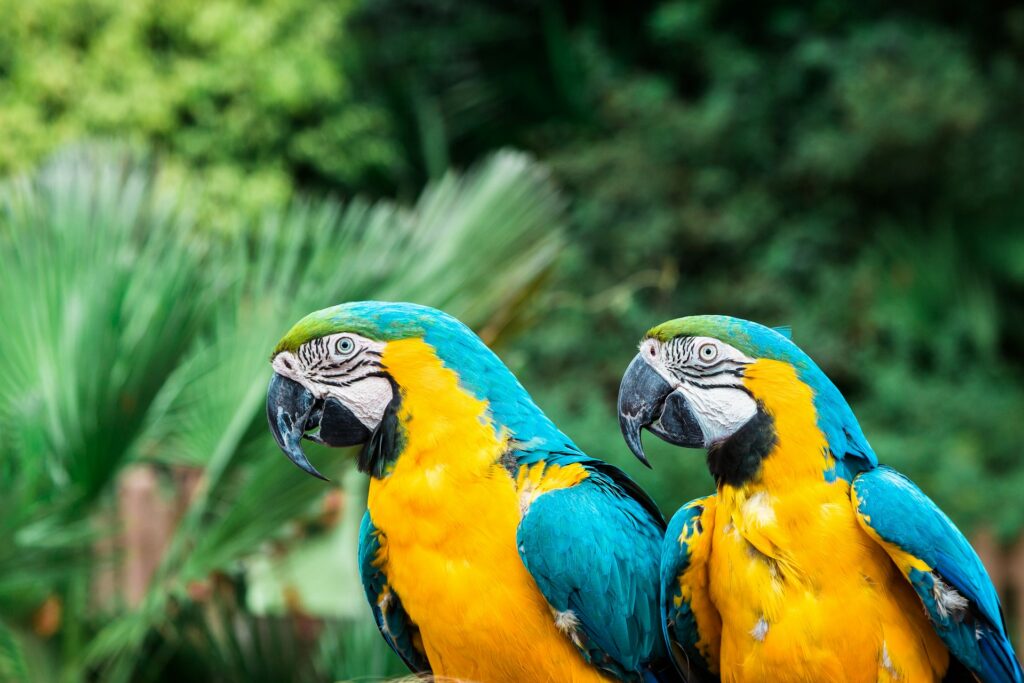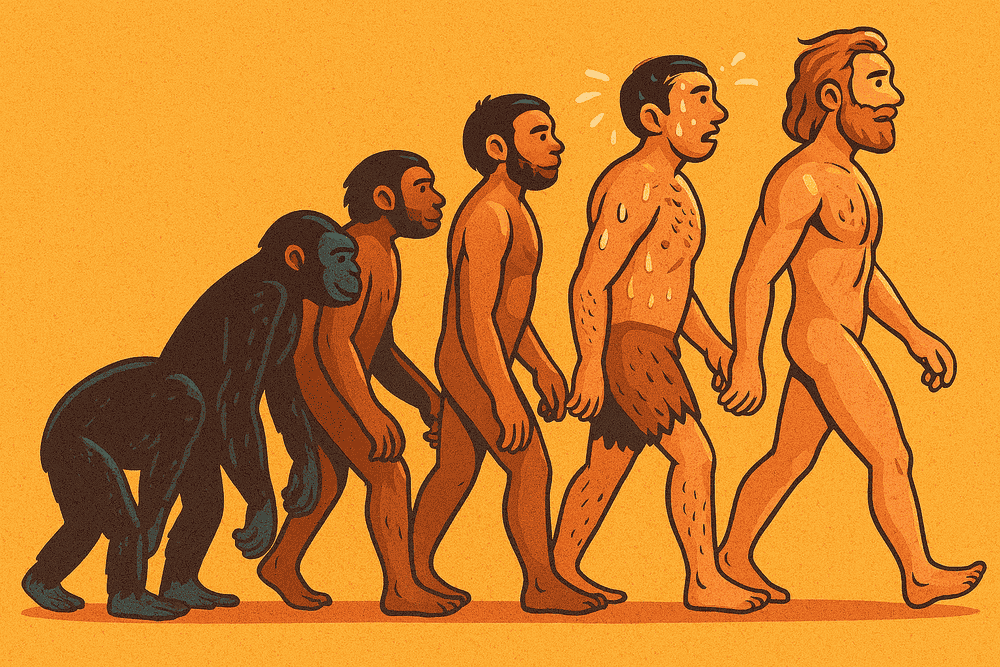Cockroaches are among the most despised creatures on Earth. Yet, they possess an extraordinary survival ability: even without their heads, they can live for weeks. But how is that possible? And why can’t humans do the same?

Cockroaches vs. Humans: Why Losing a Head Is Not the Same
According to Joseph Kunkel, a physiologist and biochemist at the University of Massachusetts Amherst, humans die from head loss primarily due to massive blood loss and rapid drop in blood pressure, which prevents oxygen and nutrients from reaching vital organs. “People die from bleeding out,” he explained.

In addition, humans breathe through the mouth or nose, with the brain regulating breathing and essential body functions. Losing the head means an immediate stop to breathing and an inability to eat—guaranteeing a swift death by both suffocation and starvation.
Cockroaches, however, operate very differently.
They don’t rely on blood pressure in the same way. Their open circulatory system doesn’t require a vast network of arteries and veins. As a result, when their head is removed, a clot quickly forms at the neck without causing fatal bleeding.
They Don’t Breathe Like We Do
Unlike humans, cockroaches don’t need their head to breathe. Their bodies are covered in tiny holes called spiracles, which pull air directly into their tissues through a network of tubes called tracheae. Their blood doesn’t carry oxygen, so losing the head doesn’t affect respiration the way it would in humans.
Also, as cold-blooded creatures, cockroaches require much less energy to survive. “An insect can live for weeks off a single meal,” Kunkel noted.
Headless, But Still Alive
Christopher Tipping, an entomologist at Delaware Valley University, once decapitated two American cockroaches under a microscope, sealing their wounds with wax to prevent fluid loss. The roaches survived for weeks, moving, standing, and even reacting to touch.
Even more fascinating, the detached cockroach heads continued twitching their antennae for hours. In lab conditions—given moisture and nutrients—they might survive even longer.
Other Mind-Blowing Cockroach Facts
- Cockroaches have been around since the age of dinosaurs. Some ancient species were over 50 cm long. Today, tropical cockroaches can still reach up to 18 cm in length.
- Of the 4,000 cockroach species in the world, only about 30 like living inside your home.
- They can hold their breath for up to 40 minutes.
- Despite their size, they can run up to 5 km/h—and if scaled to human size, that would be about 700 km/h!
- They can change direction 25 times per second—like little living pinballs.
- Some females only need to mate once to reproduce for the rest of their lives.
- Cockroaches and scorpions are among the only creatures capable of surviving nuclear exposure.






